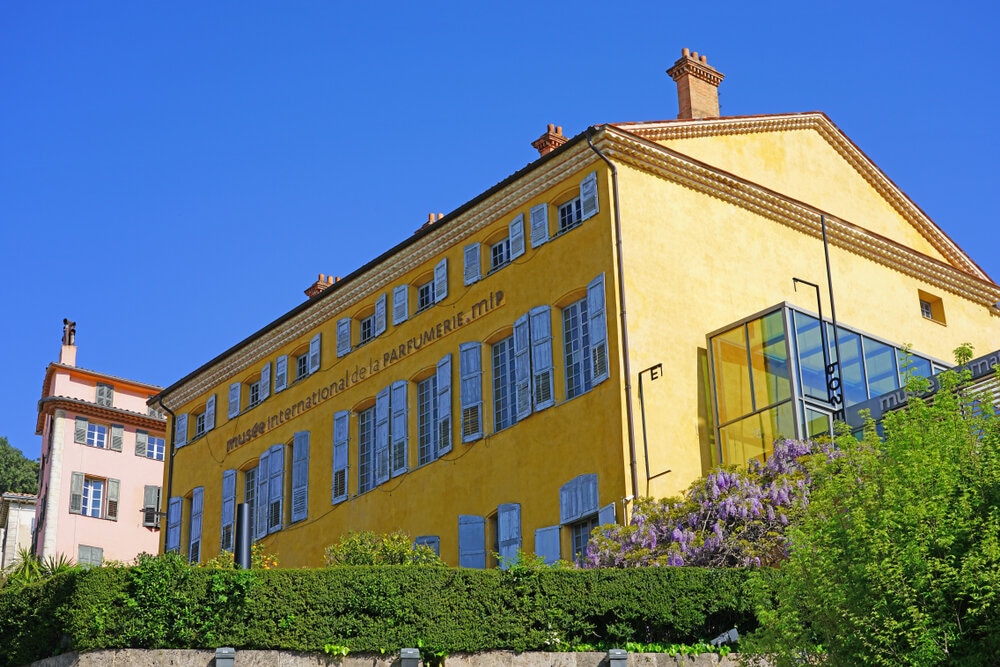

Specialized in the Middle Ages in the tanning of leather, it is in the city of Grasse that tanners had the idea, to mitigate the strong smell of the skins, to create perfumed leather gloves. Their success, with Catherine de Medici and then with the entire royal court, encouraged several craftsmen to become glove makers and perfumers. And it is by refocusing on this olfactory know-how registered in the intangible cultural heritage of UNESCO that Grasse has gradually become the world capital of perfume.
Many mythical fragrances (signed Rochas, Dior, Chanel...) have been created in the "balcony of the Mediterranean" and its dedicated ecosystem: production of natural raw materials, nose training center and concentrate factories are notably grouped together in this cliff town located 20 km above Cannes. Proud of its expertise, Grasse regularly holds exhibitions on the history and art of perfumery.
Lavender, myrtle, rose, orange blossom, mimosa and jasmine: the flowers growing in Grasse still attract the most talented perfumers today. Chanel has its own plantations there and relies on ingenious processes that are constantly being perfected. These are presented in the International Perfumery Museum with, among others, extraordinary objects such as Marie-Antoinette's travel kit.
From the cultivation of plants to the marketing of the bottle, including the techniques of extraction of essences, the chronological tour will show you how perfume is made through different themes (elegance and classicism, magic and dynamism, frivolity and hygiene). Opened in 1918 and regularly enlarged and enriched since then, the museum is also worth a visit for the Perfumer's Bastide, its botanical garden created in 2007.
It combines heritage conservation and a playful approach to horticulture while providing a real refuge for wildlife. The Agglomeration Community of the Pays de Grasse is committed, with the League for the protection of birds, to using biological techniques to safeguard the wild life on the site. To conclude your visit to this inspiring museum, a visit to the store is a must: you can leave with homemade products and, above all, a wealth of knowledge about this know-how that still contributes to the influence of France throughout the world.
Note that another very French, authentic and artisanal scented product can also complete your purchases when you are on the Côte d'Azur: the famous Marseille soap of which the Savonnerie Le Sérail perpetuates the traditional cauldron production. A real institution in the Phocaean city that you can visit for free on Friday afternoon.
Valérie from Comme des Français
Continue reading with these articles
Photo credits: 1, 2, 4. ©Musée International de la Parfumerie, Grasse / 3. ©François Goalec : boîtes Coty / 5. ©François Goalec : boîtes Pompéïa